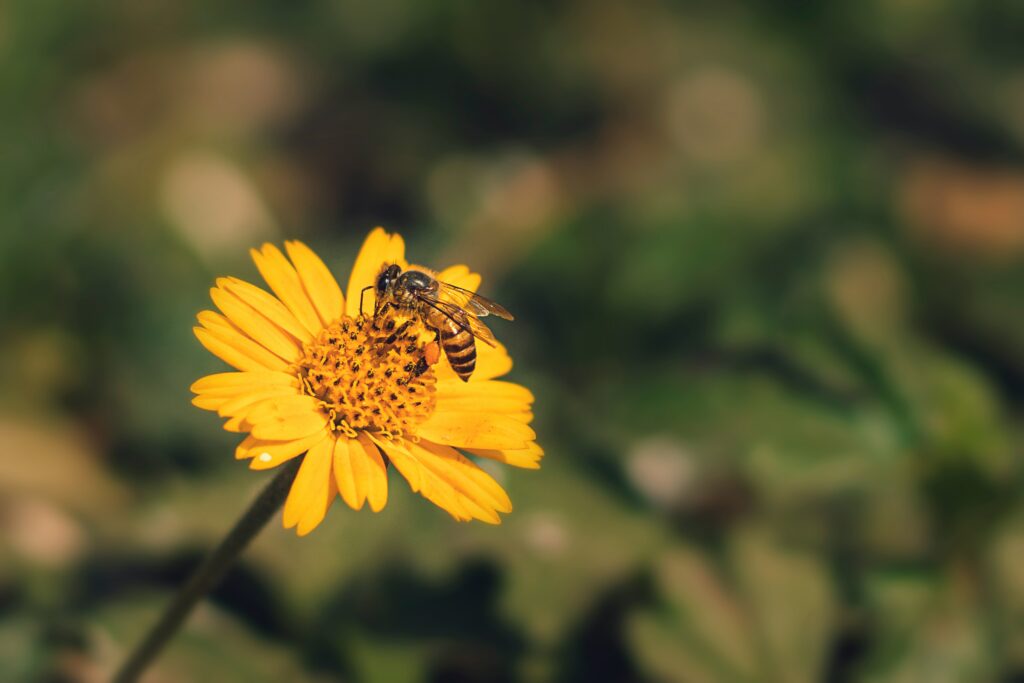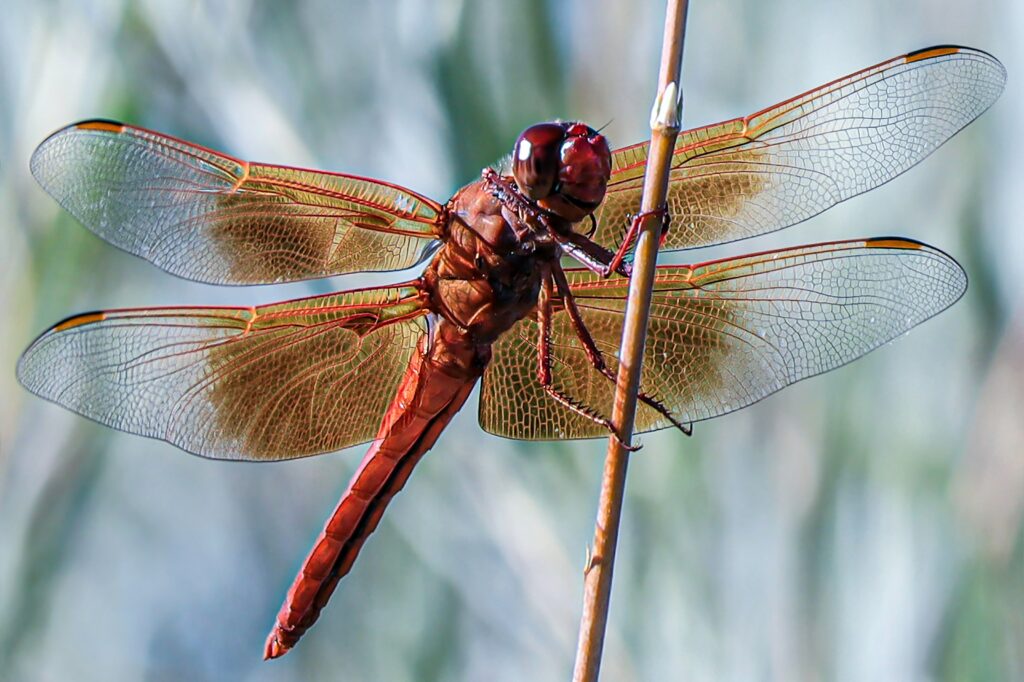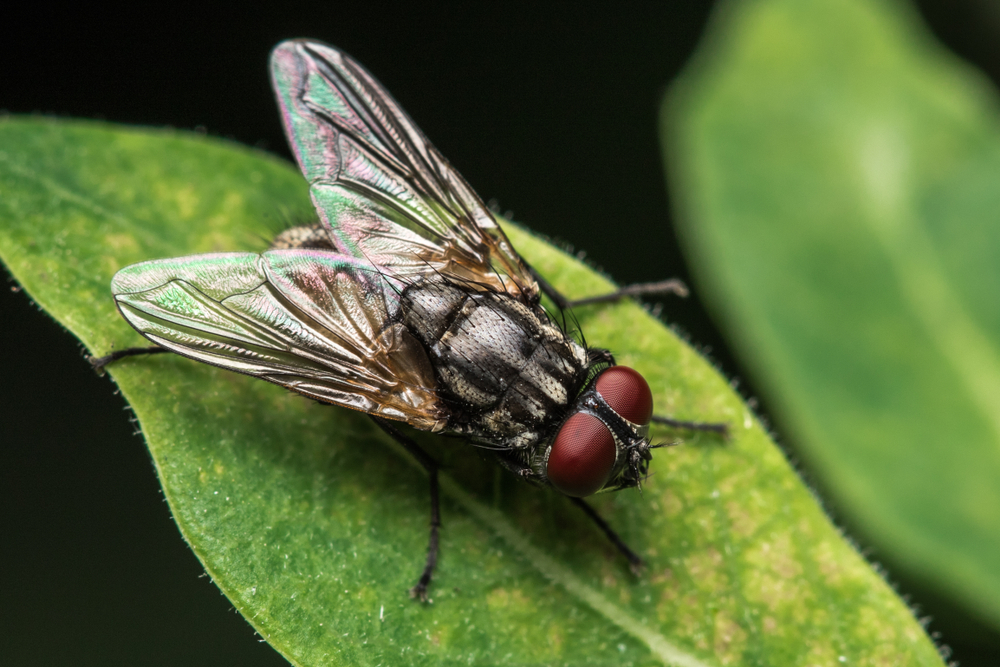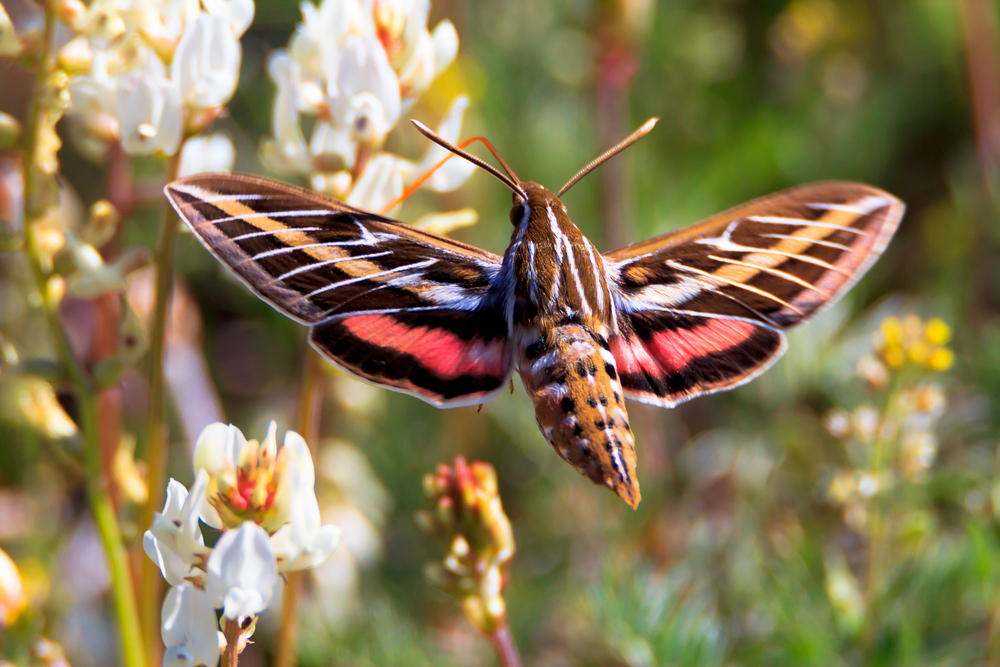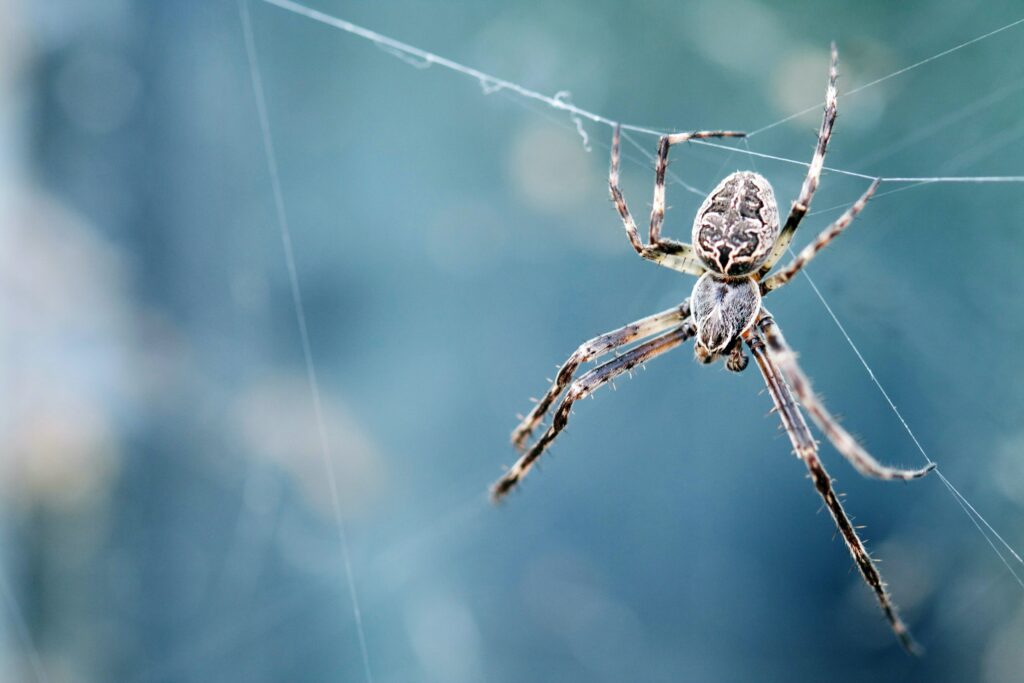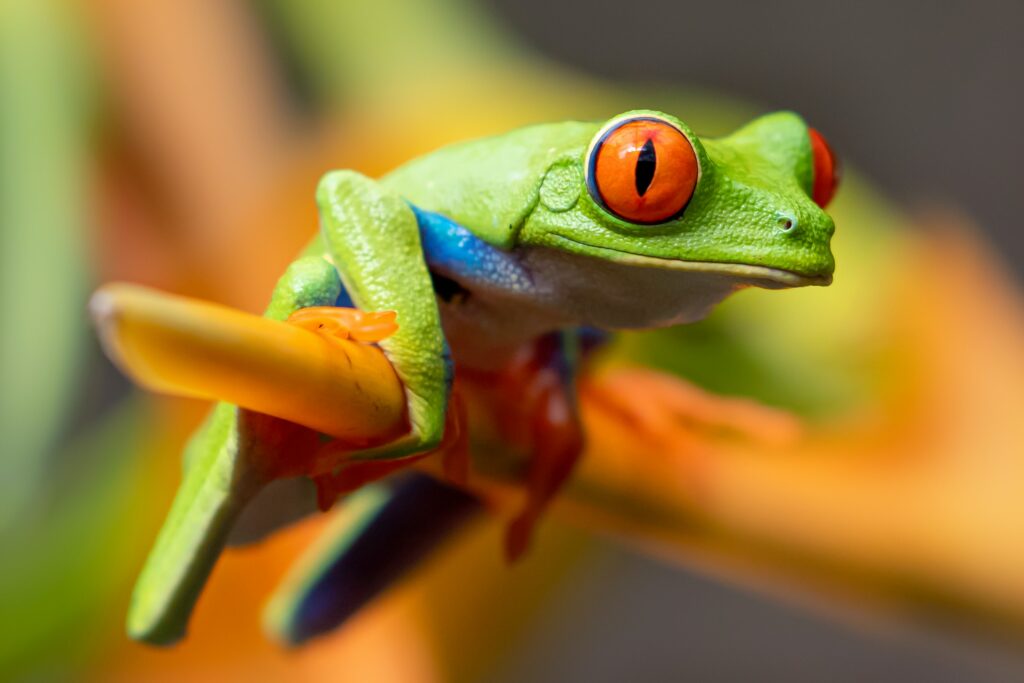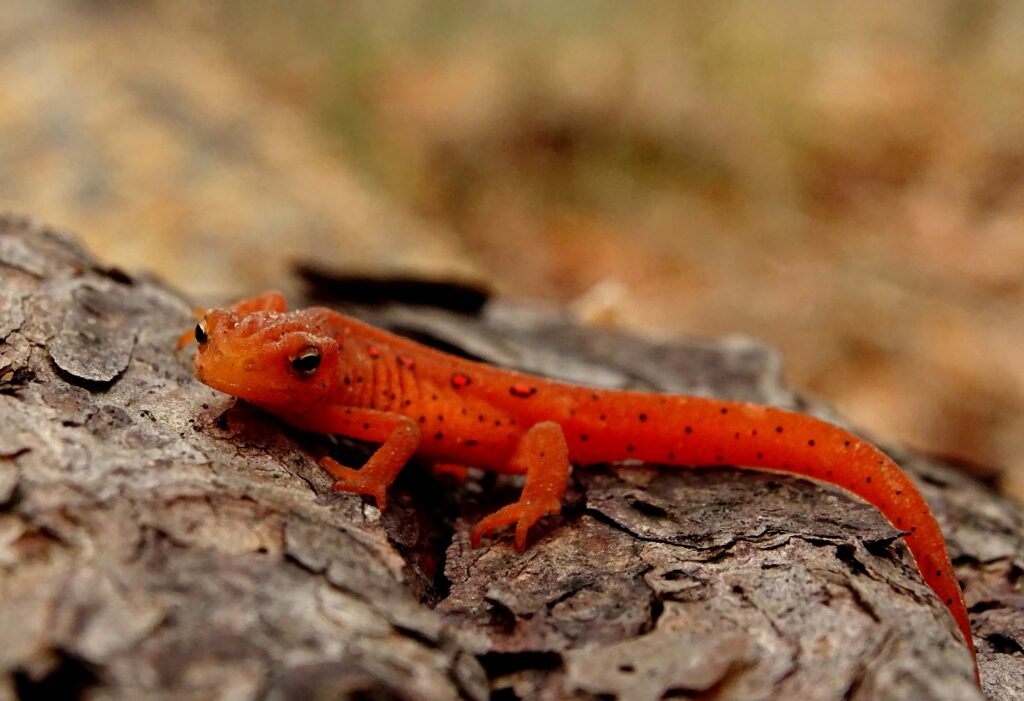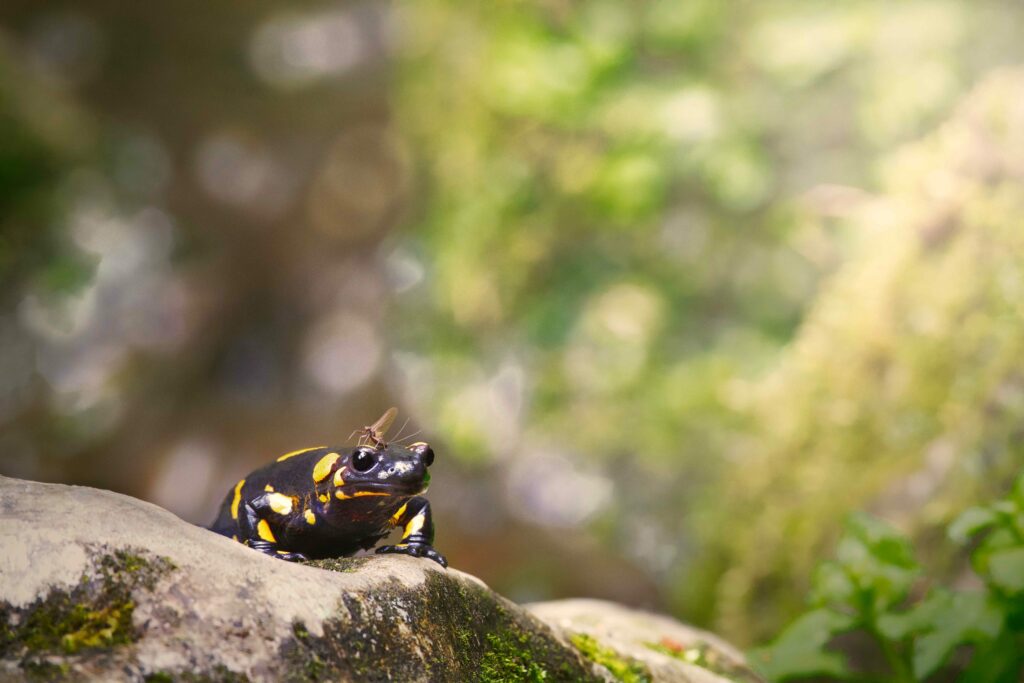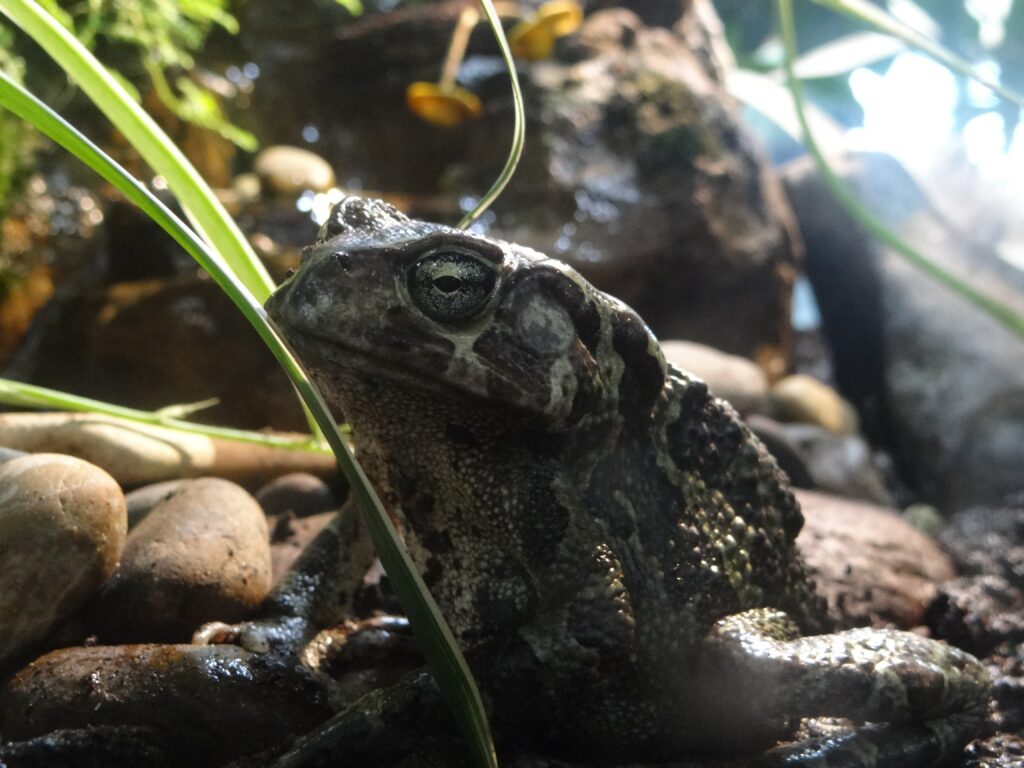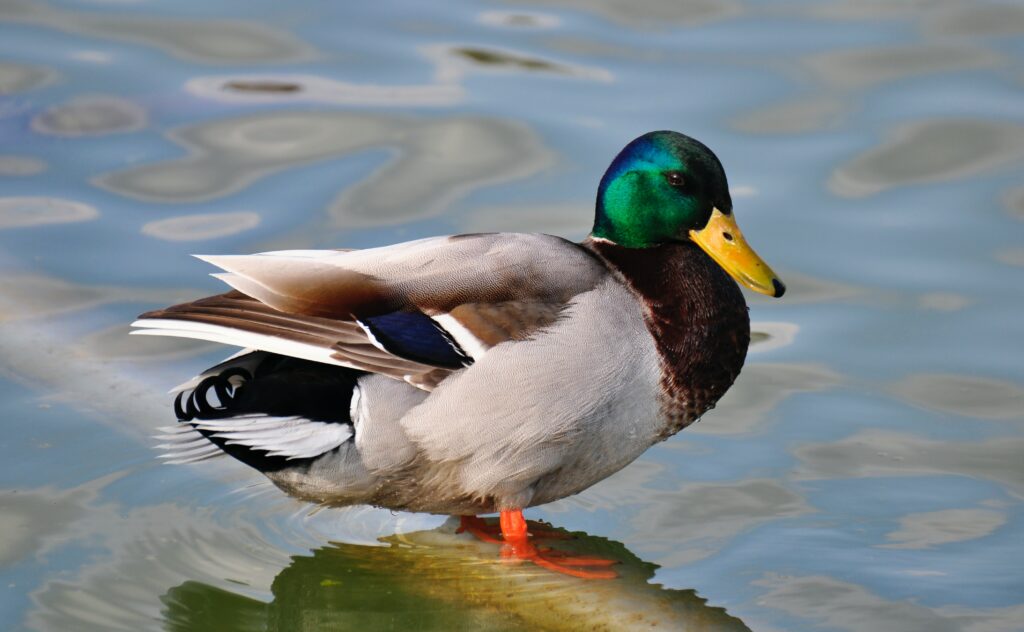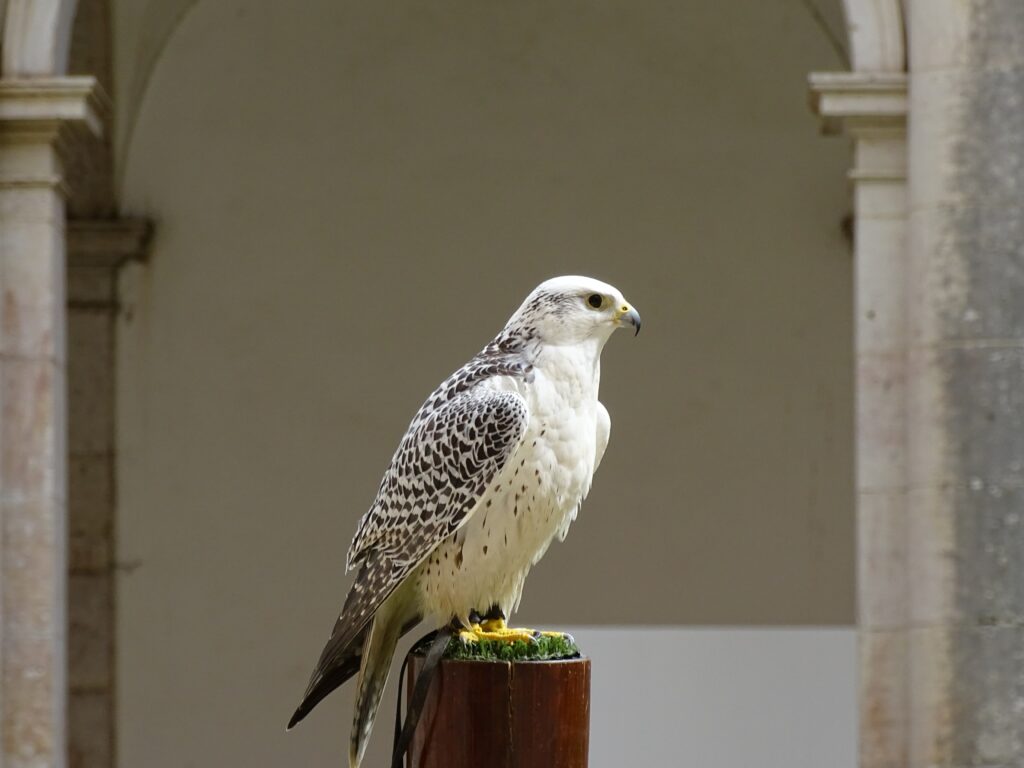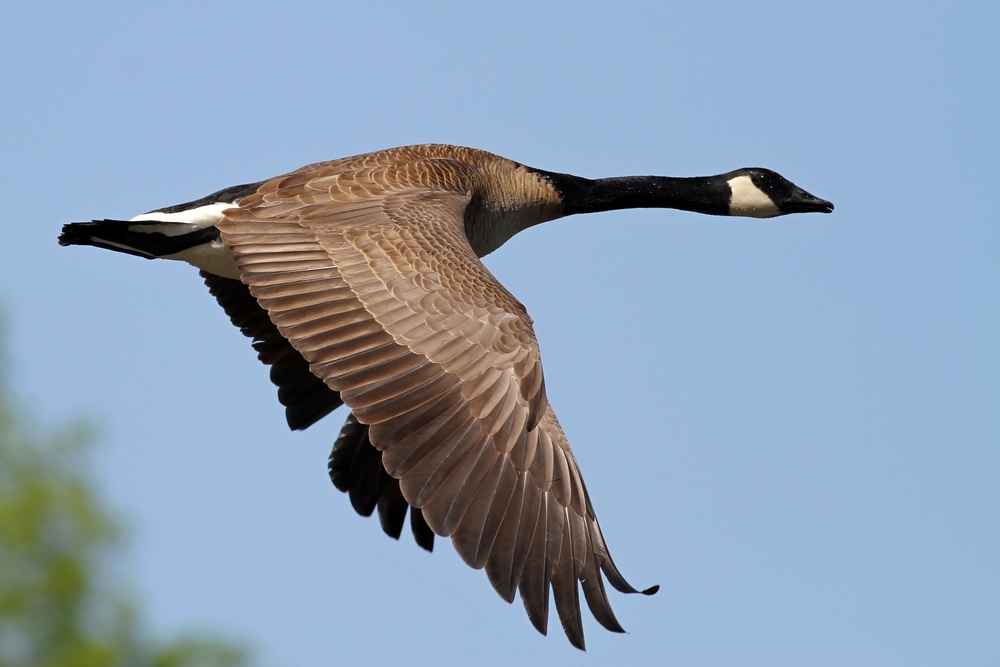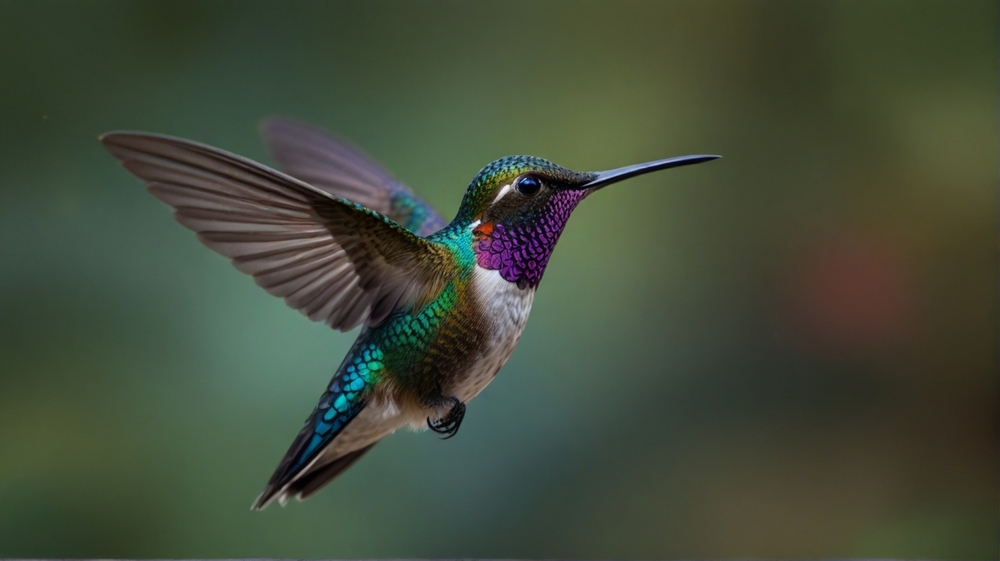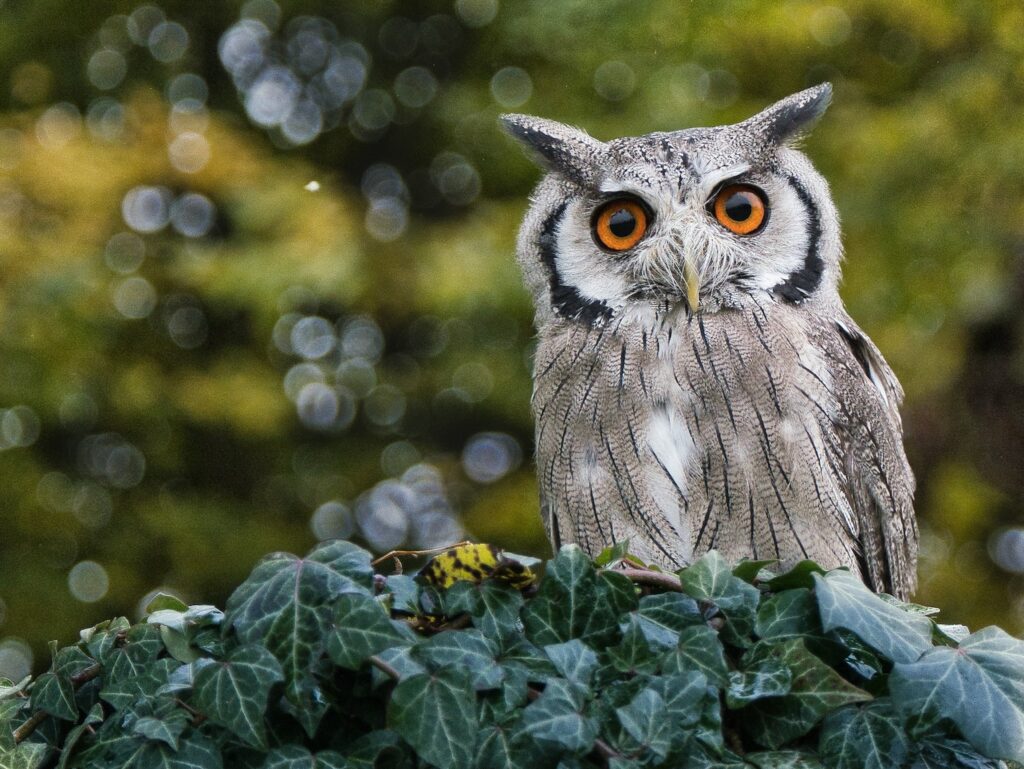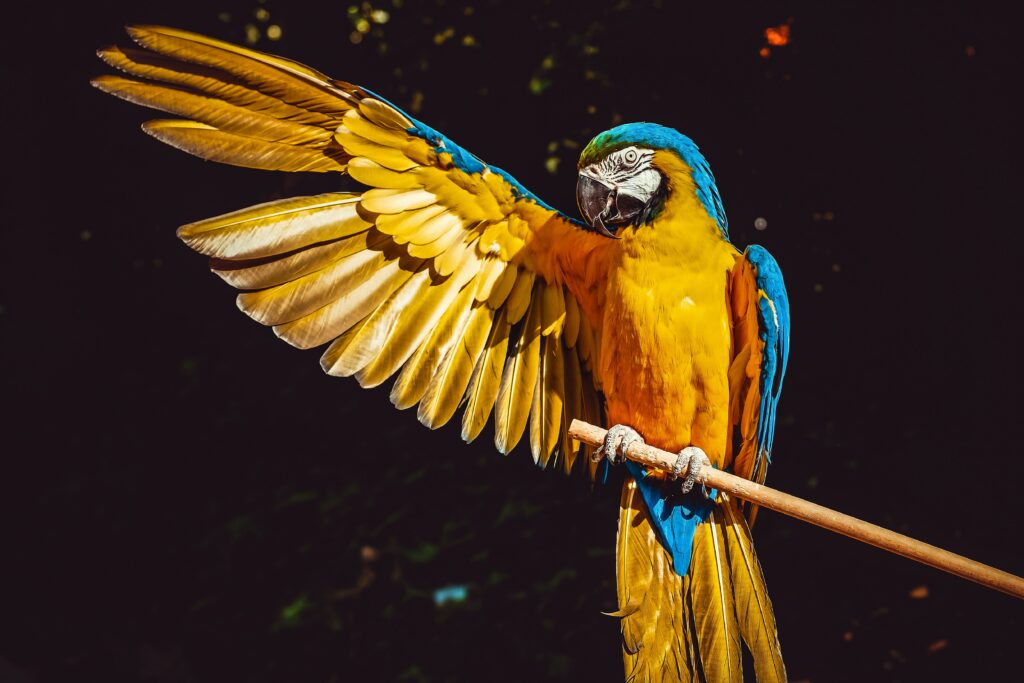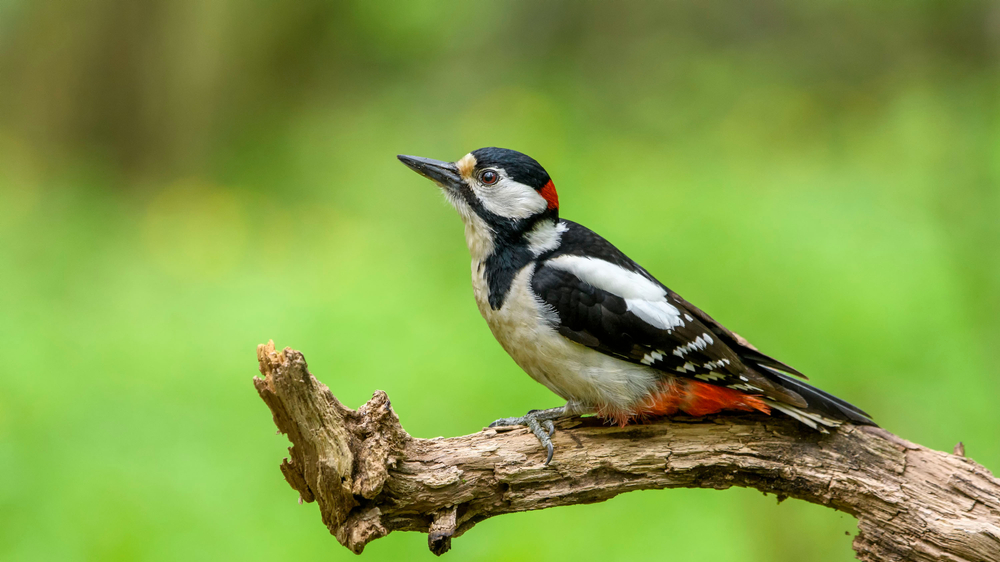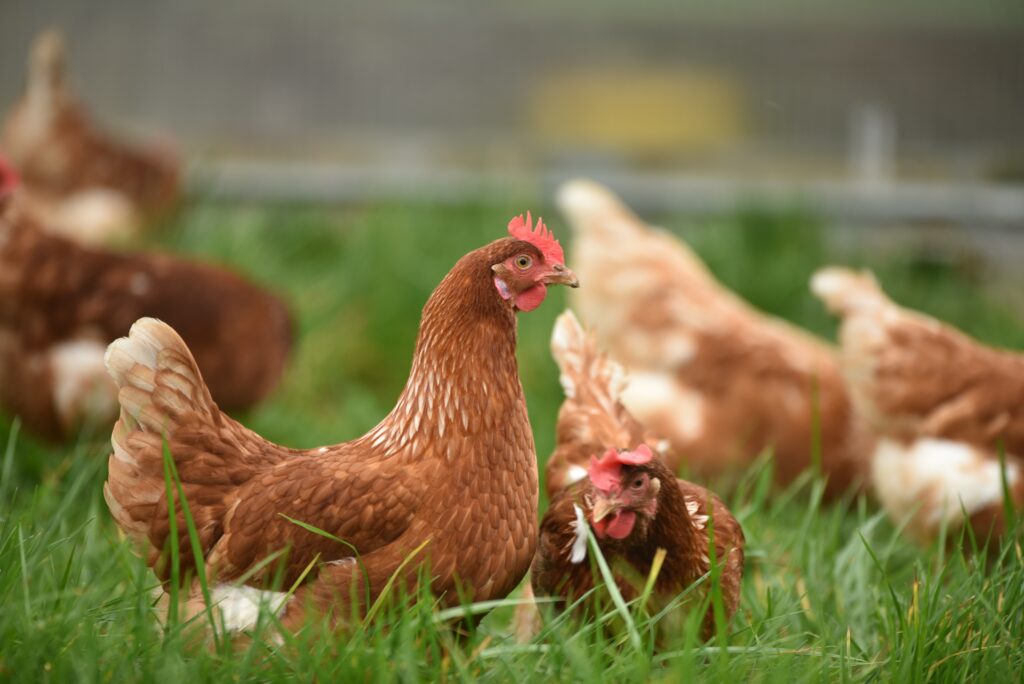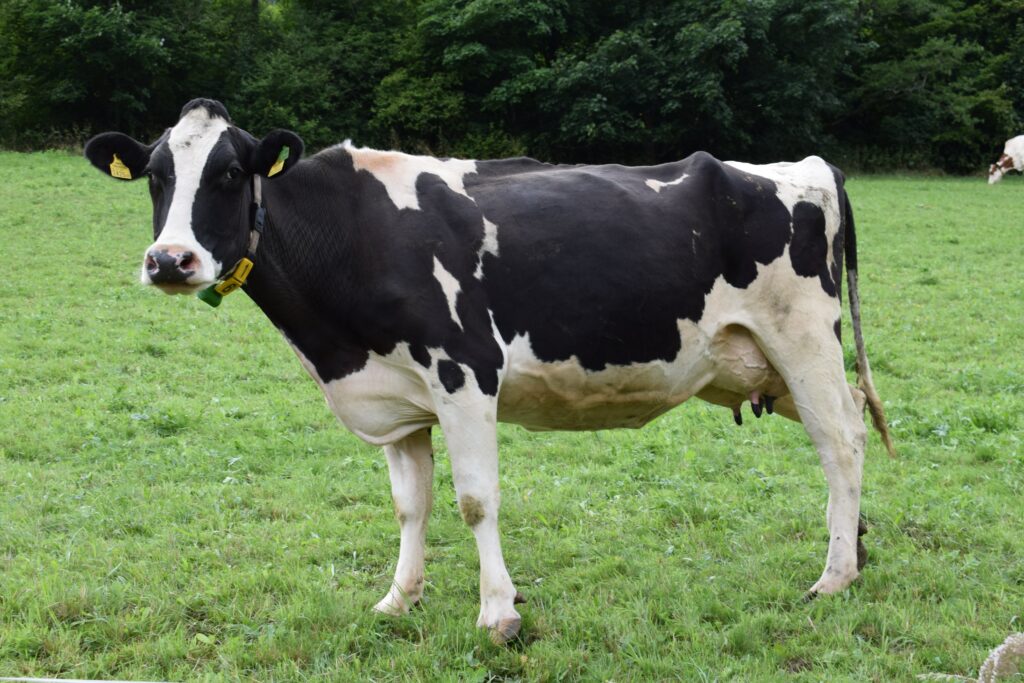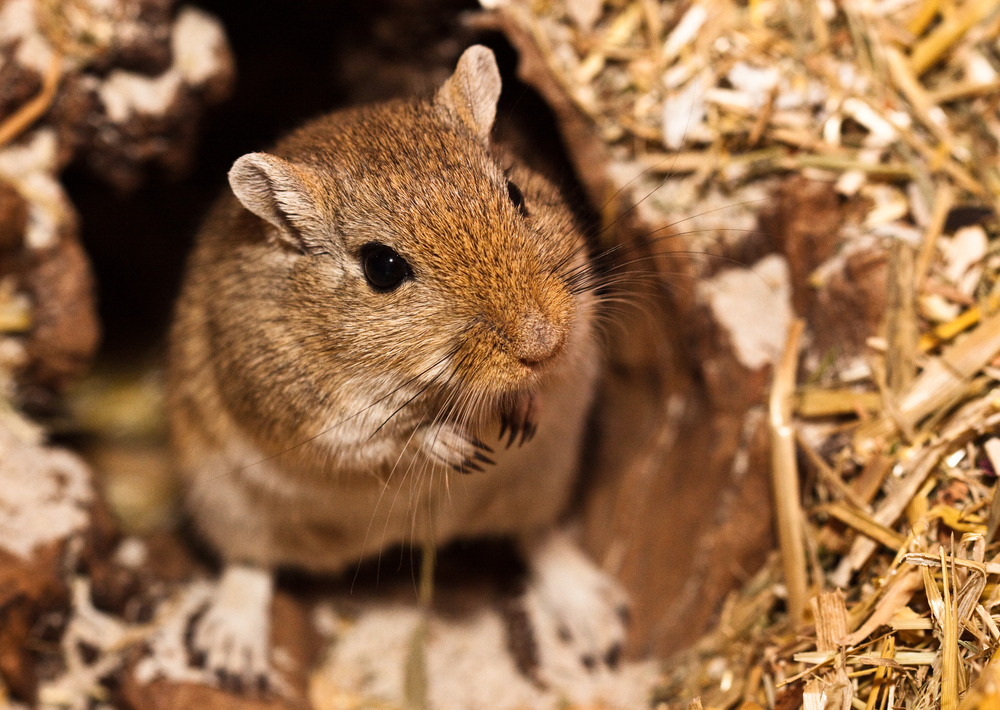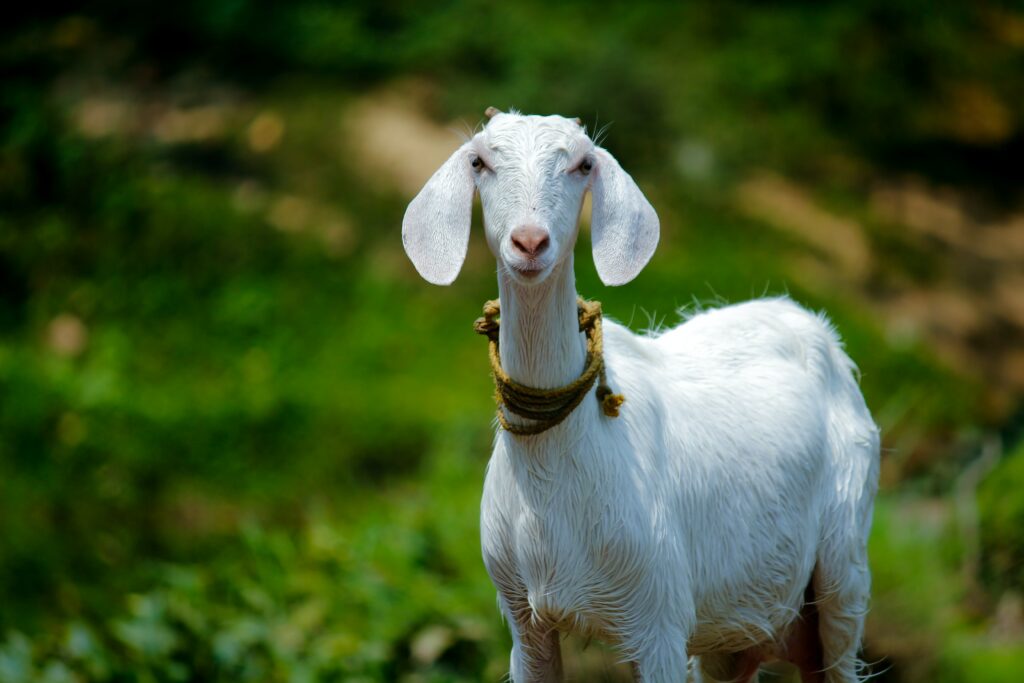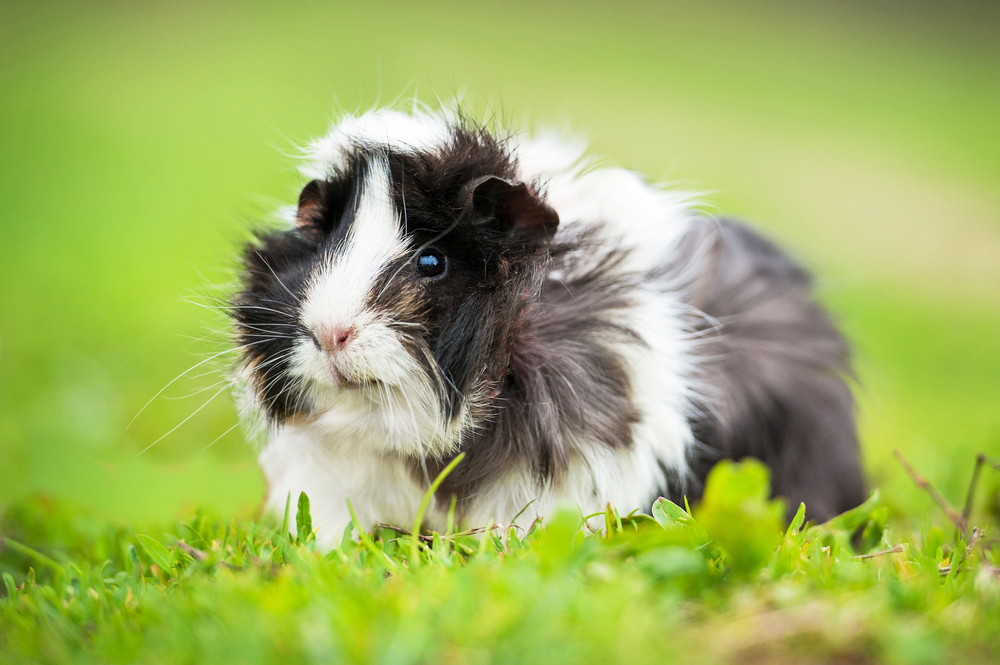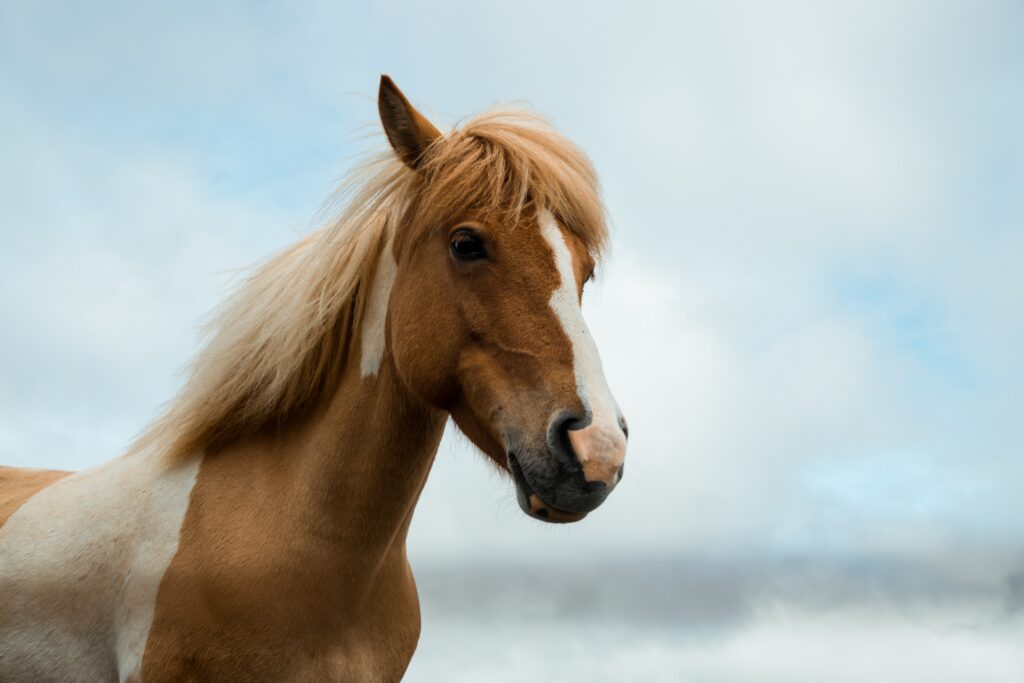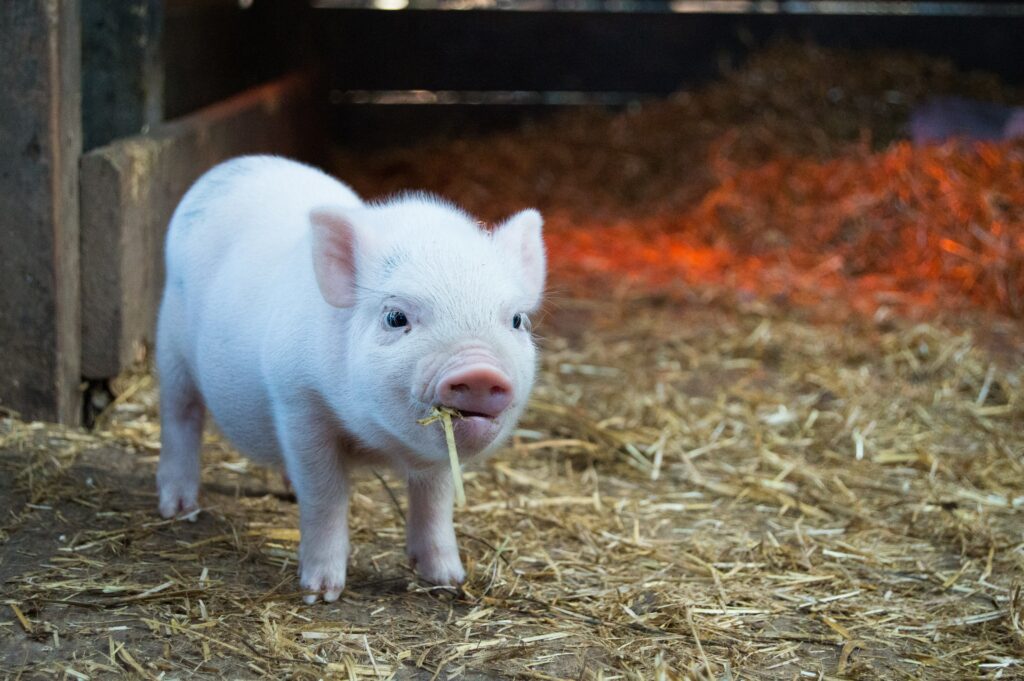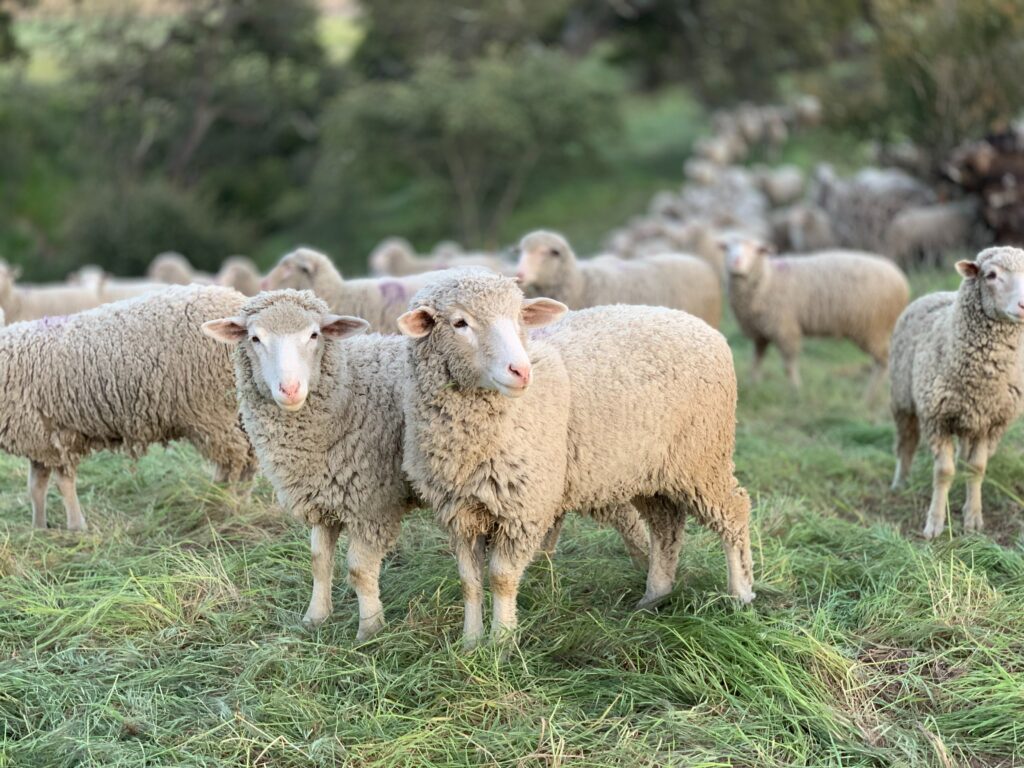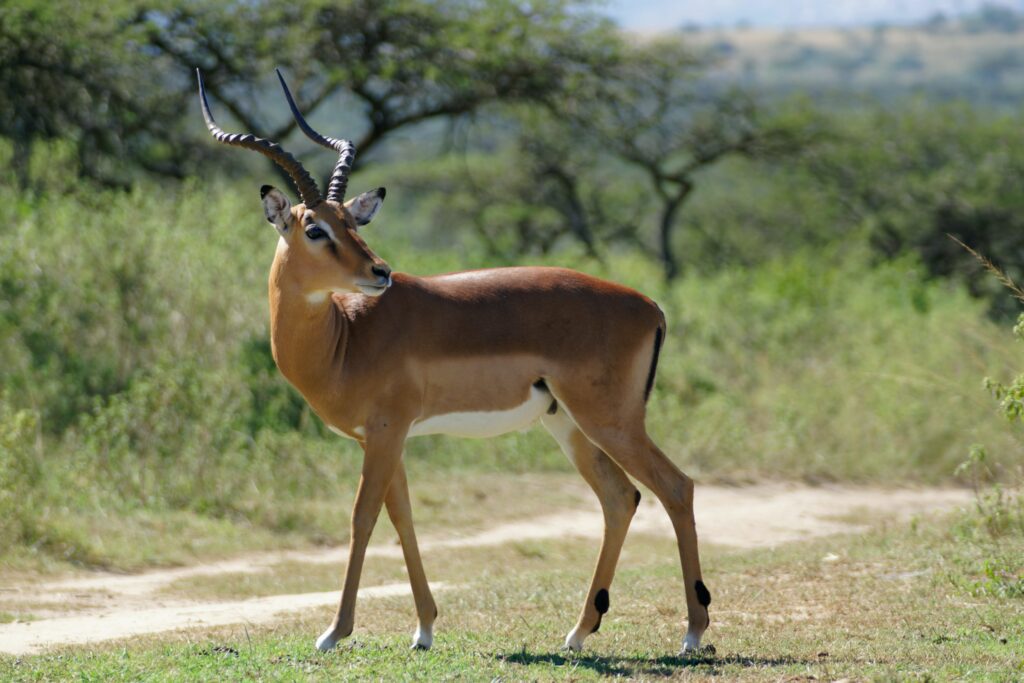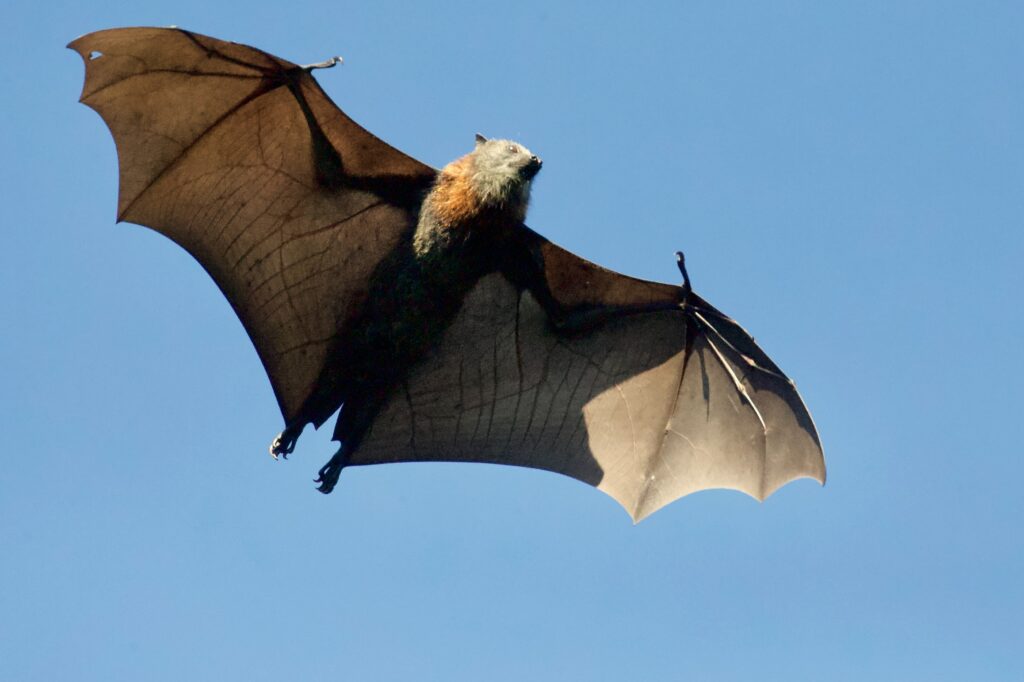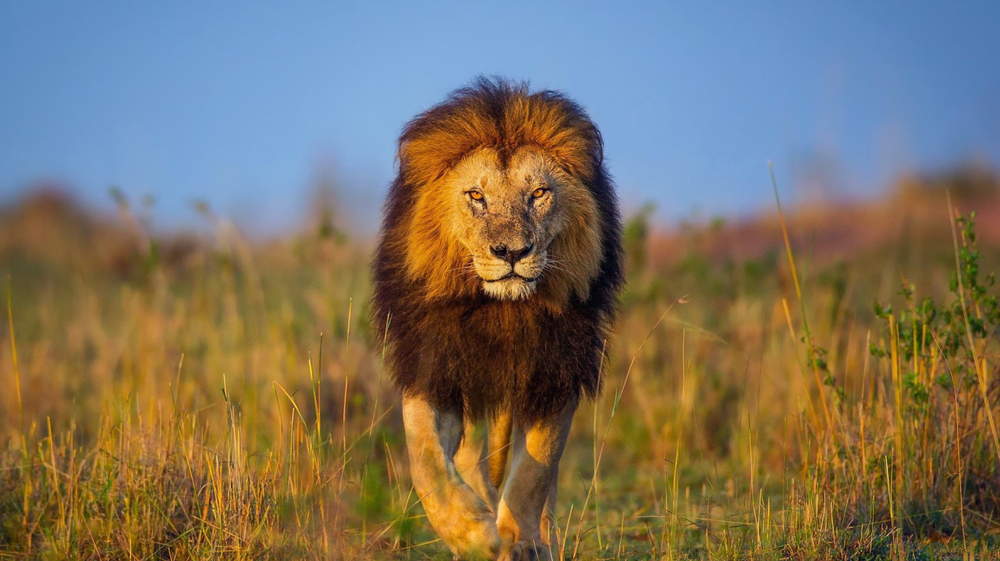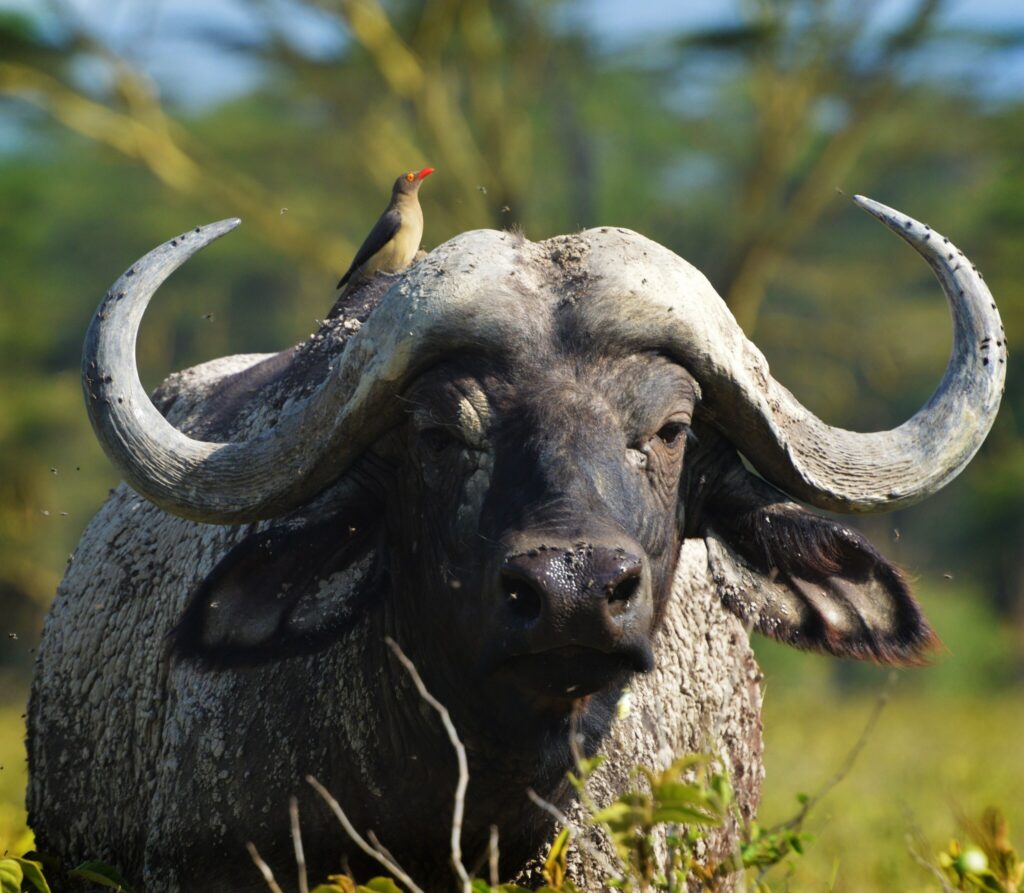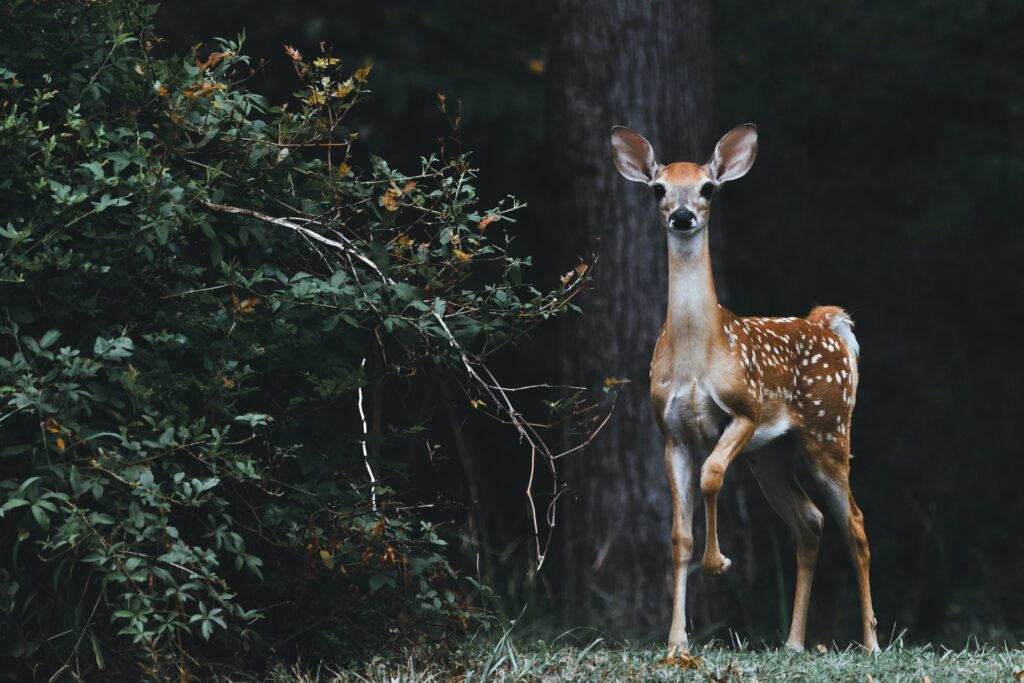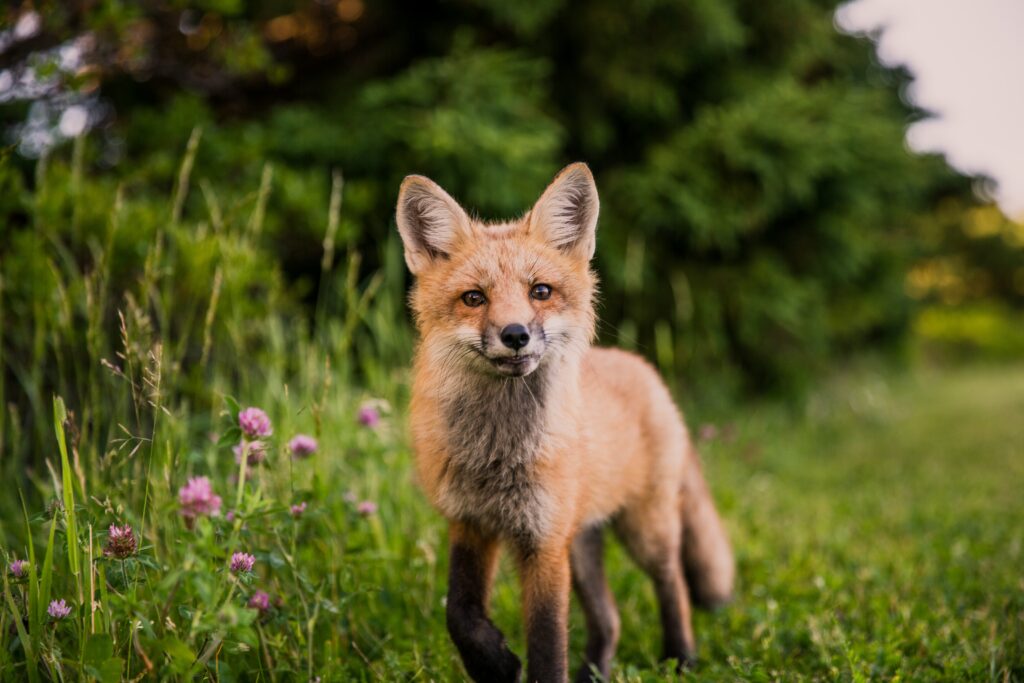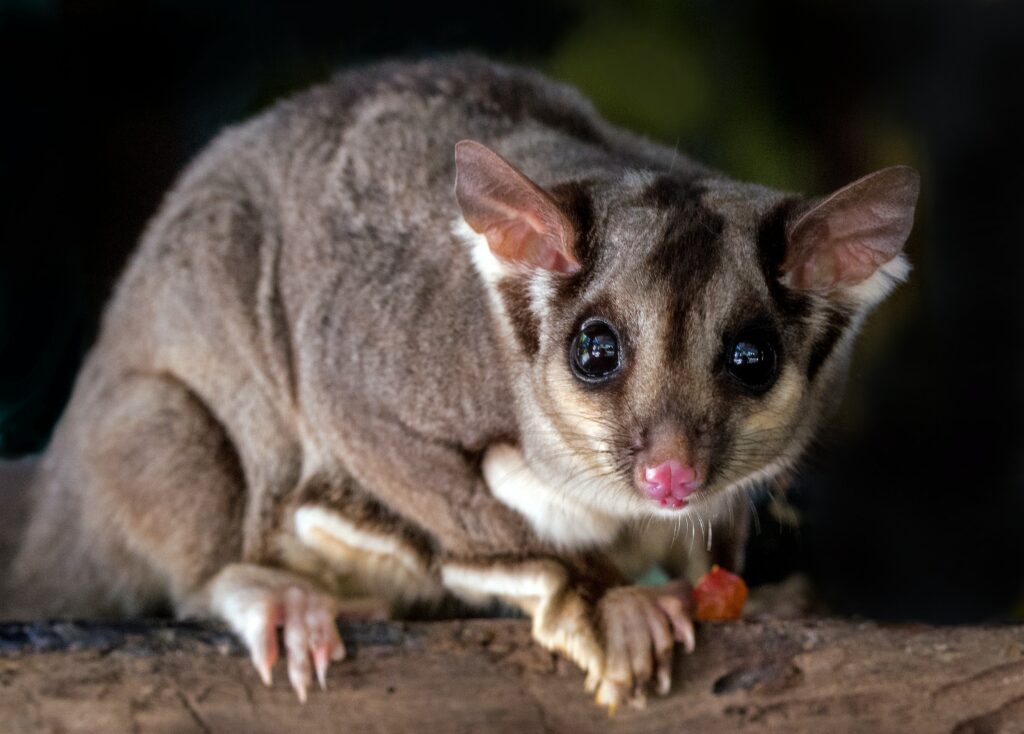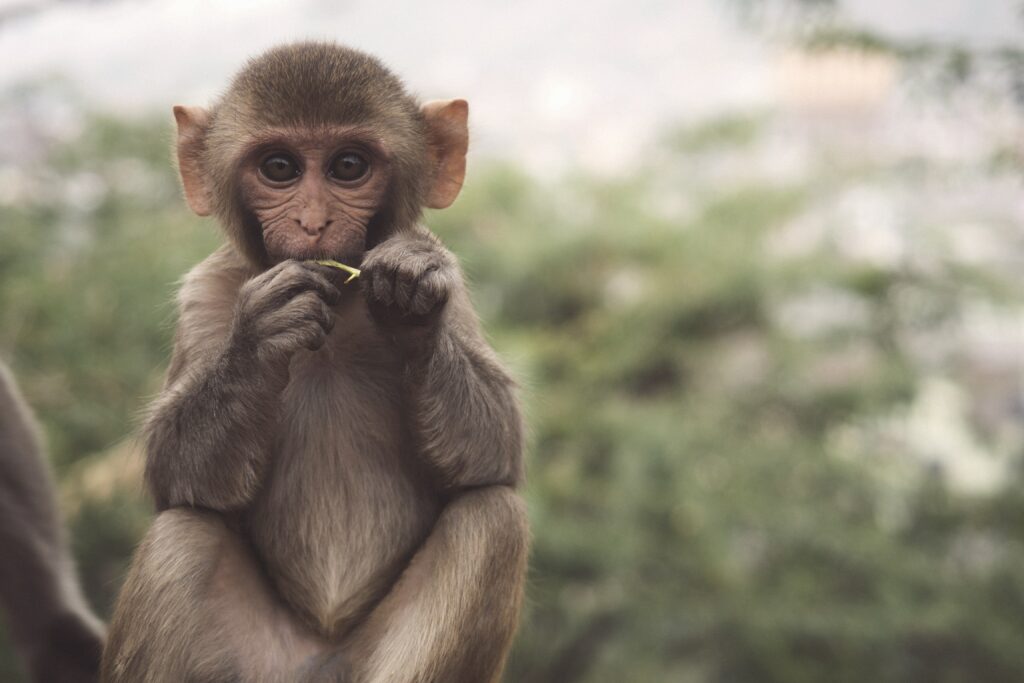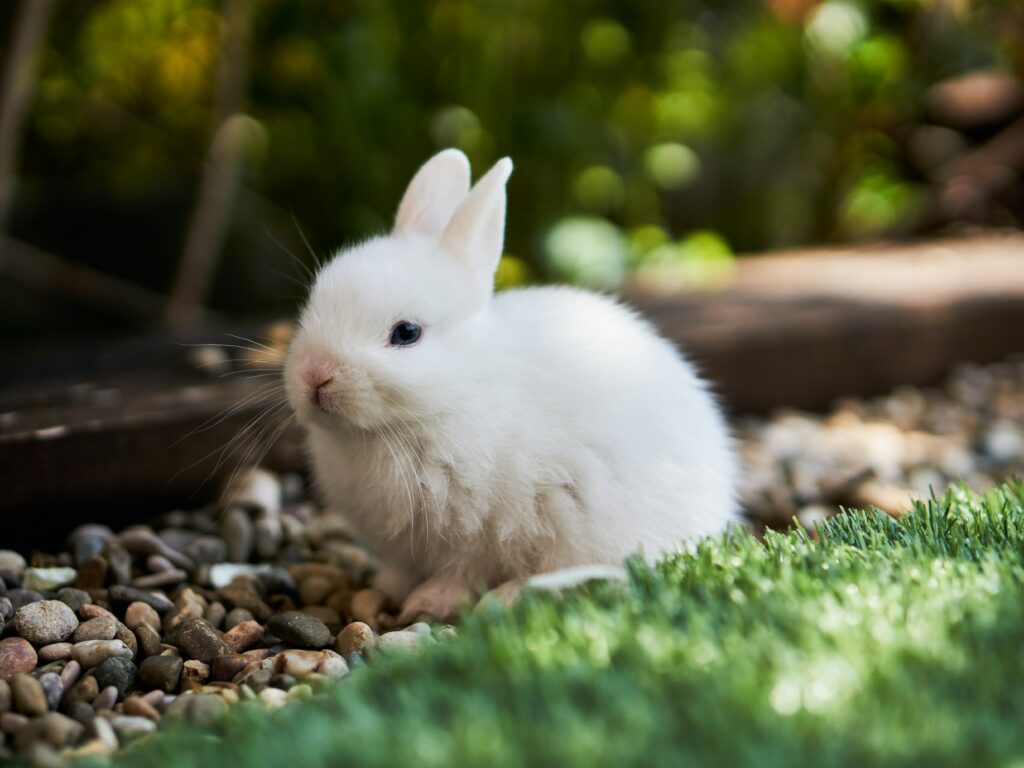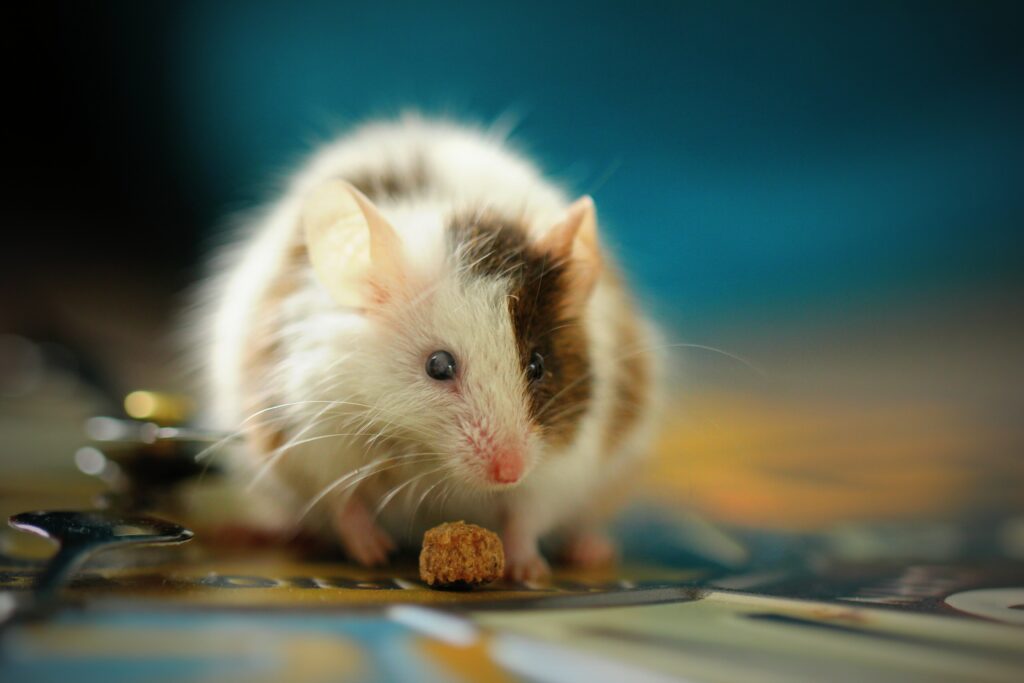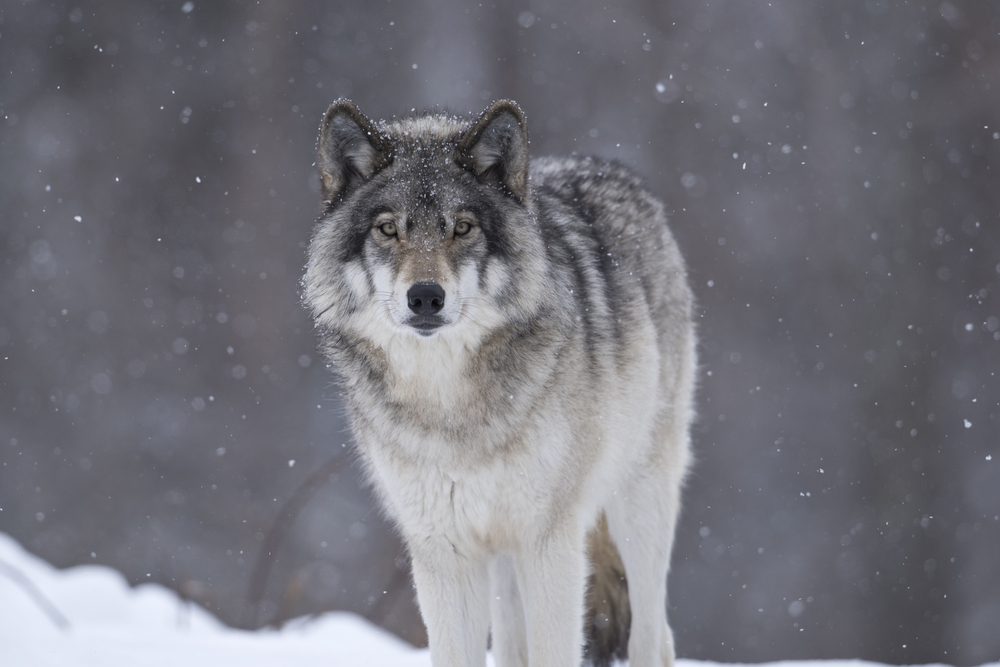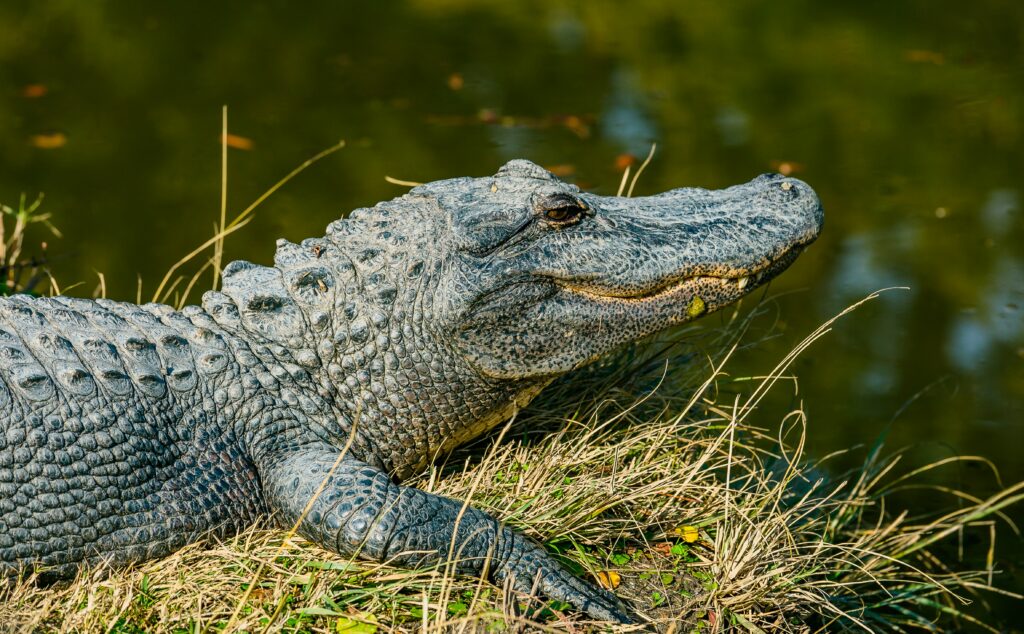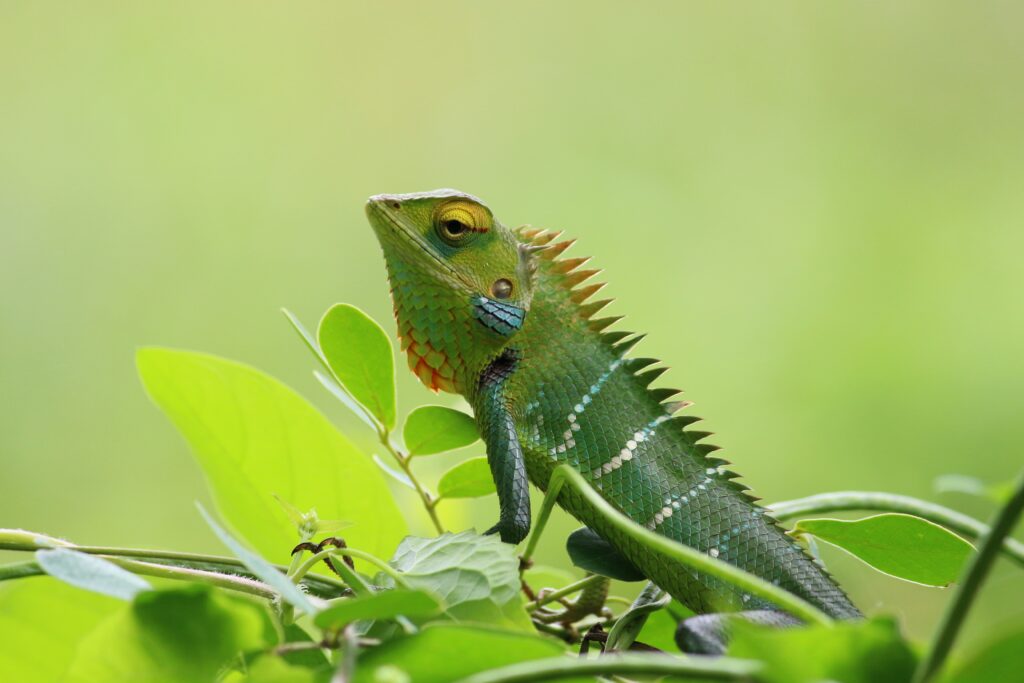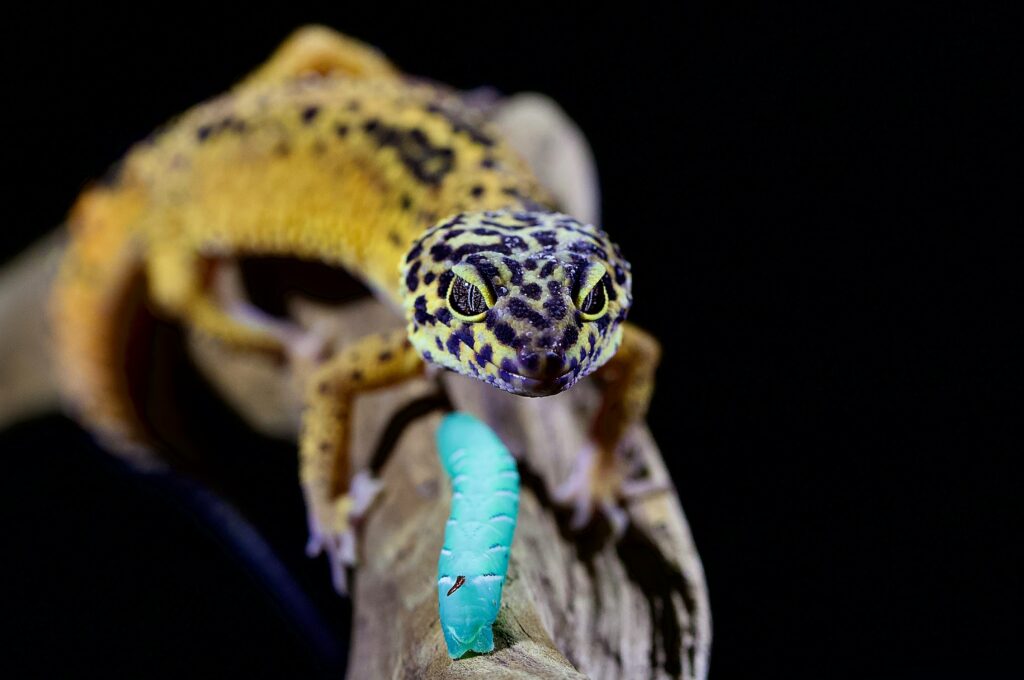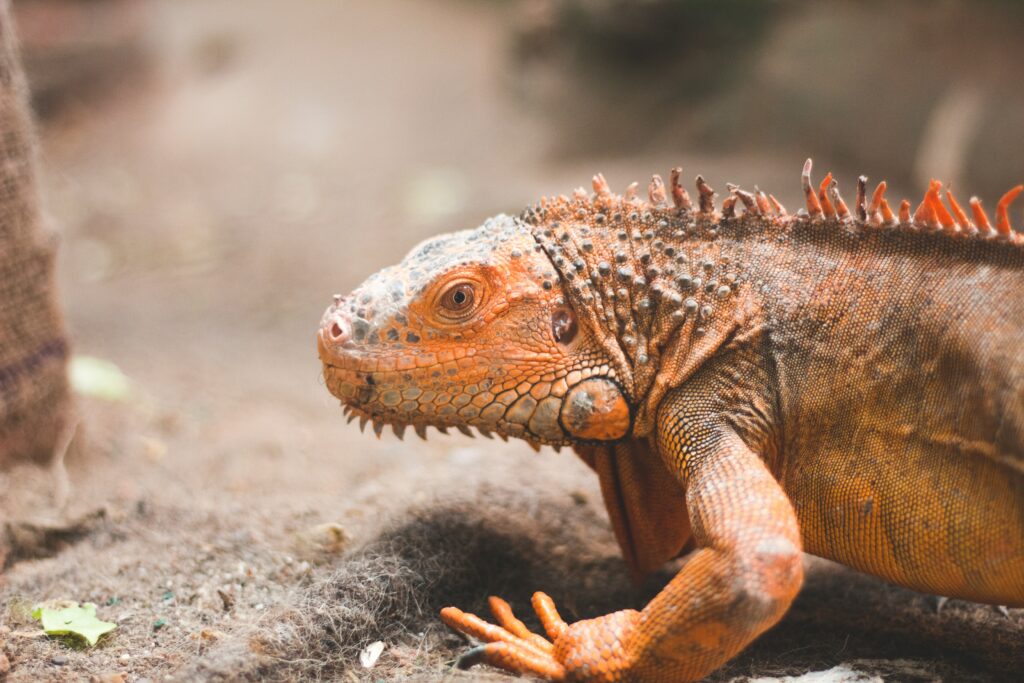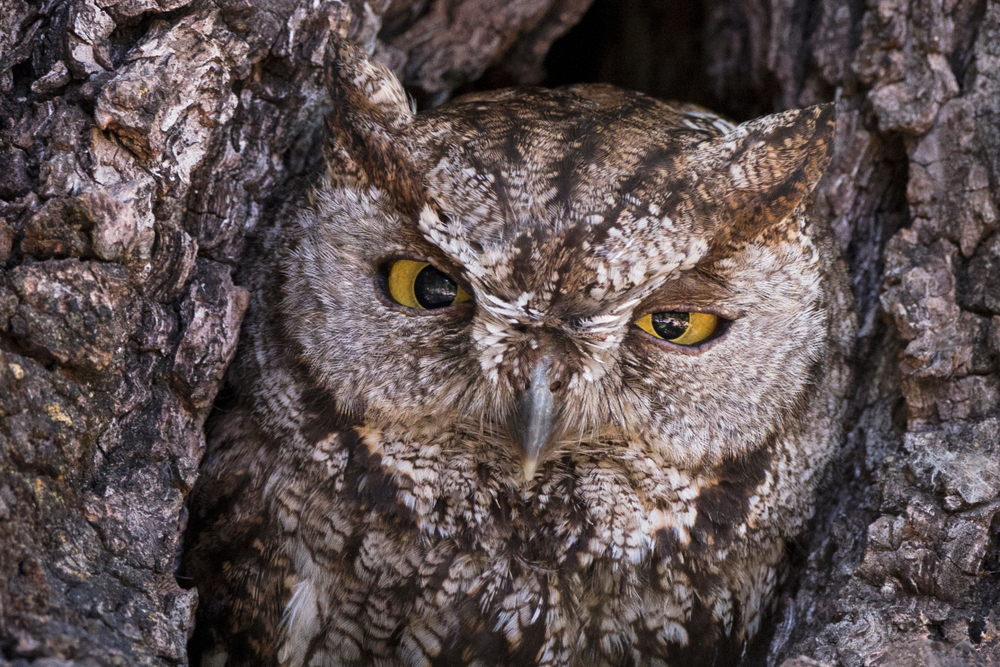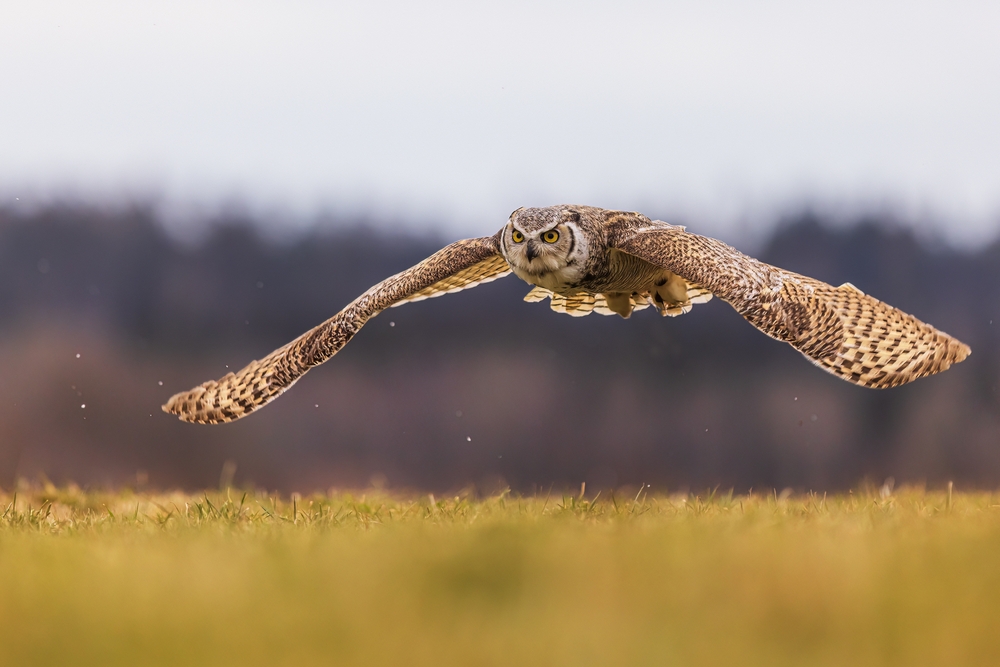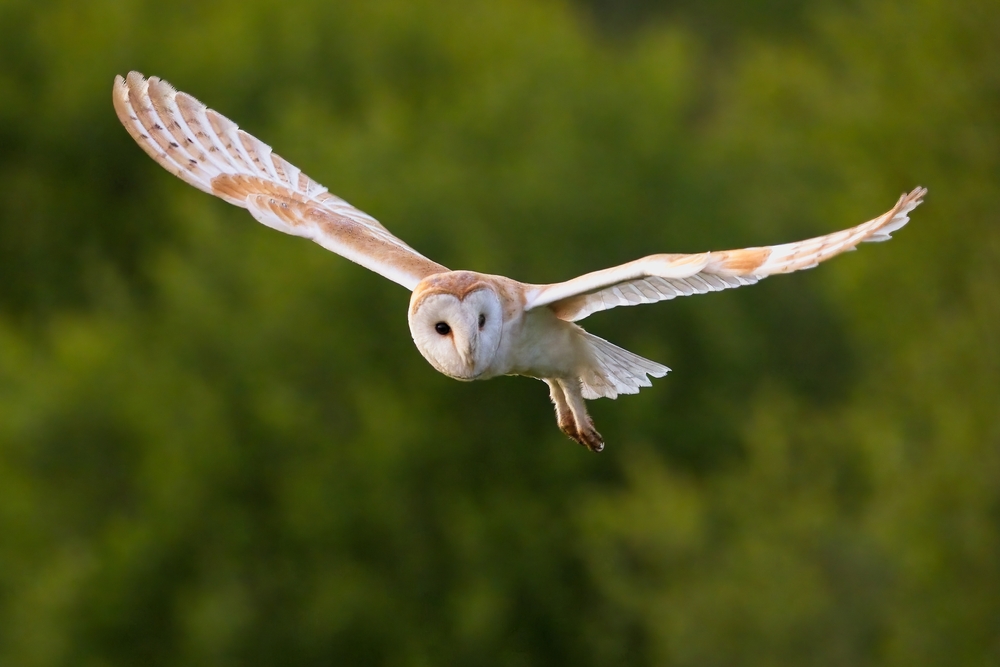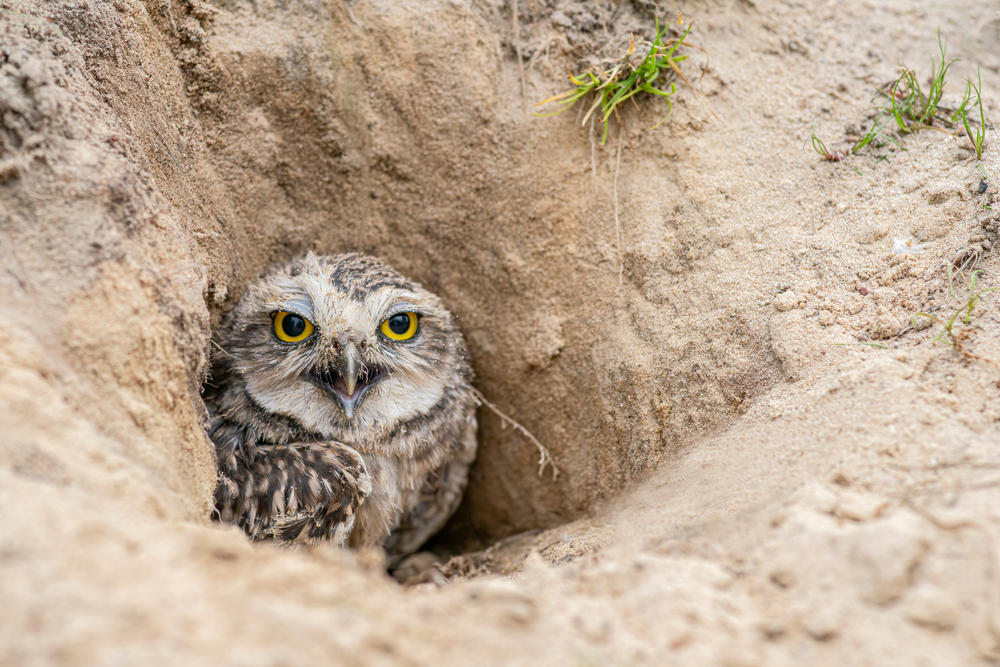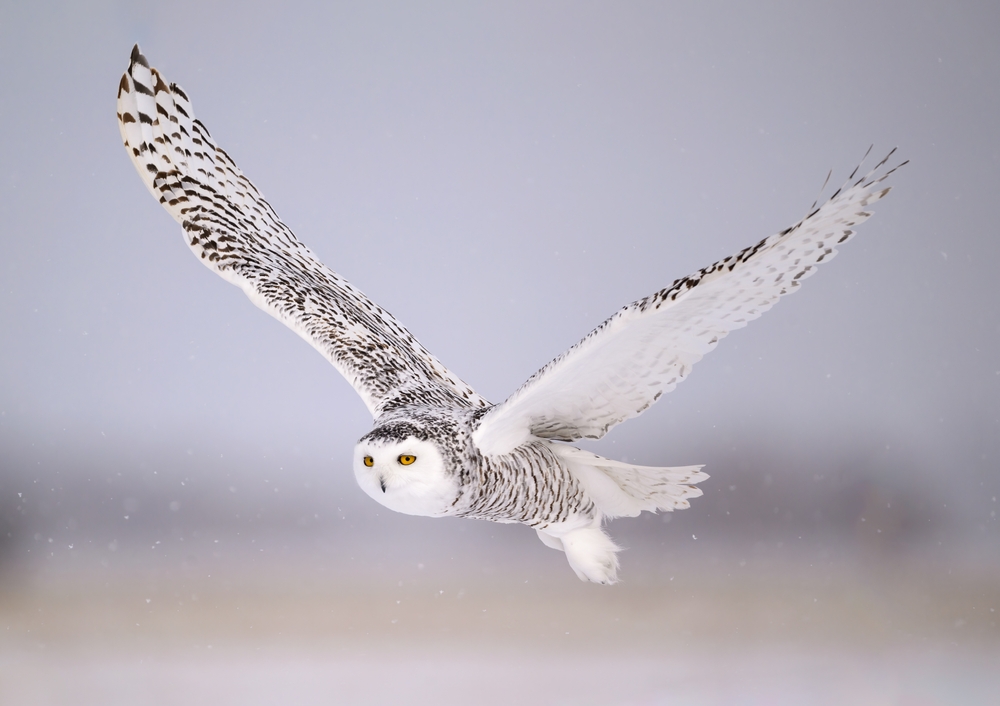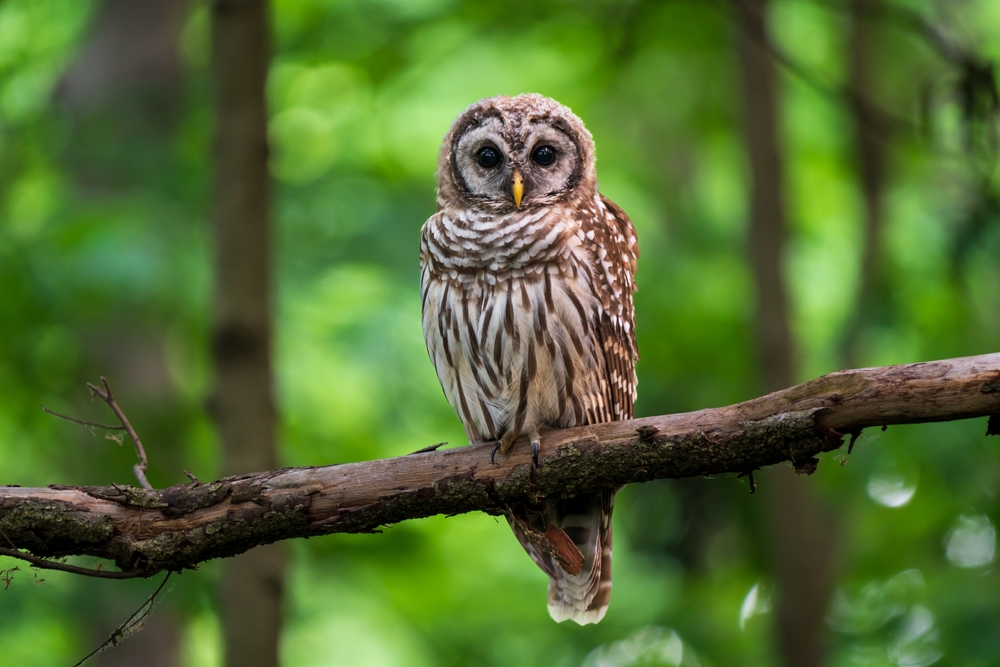The Western Screech Owl stands out among other owl species for its compact size, camouflage, urban tolerance, and surprising power. Here’s how it compares across key categories:
Habitat
-
Western Screech Owl: Found in diverse habitats—from forests and deserts to suburban yards and city parks across western North America.
-
Other Owls: Many owl species are more specialized, preferring dense forests (Barred Owl), tundra (Snowy Owl), or open grasslands (Burrowing Owl).
✅ Unique Advantage: One of the most adaptable owl species when it comes to habitat, including thriving in human-altered environments.
Activity Pattern
-
Western Screech Owl: Strictly nocturnal, emerging at dusk and hunting through the night.
-
Other Owls: Varies—most are nocturnal, though some (like the Burrowing Owl) are diurnal or crepuscular.
✅ Characteristic Match: Typical nocturnal owl but more active near human activity than many other small owls.
Size and Appearance
-
Western Screech Owl: Small and stocky (7.5–10 in), with ear tufts, cryptic gray or reddish plumage, and yellow eyes.
-
Eastern Screech Owl: Very similar in appearance and size, but generally found in eastern North America.
-
Other Small Owls (e.g., Northern Saw-whet Owl): Often round-headed with no ear tufts, and smaller in size.
✅ Unique Trait: Combines small size with strength, and retains classic owl features (tufts, facial disk) while being less forest-dependent.
Vocalizations
-
Western Screech Owl: Famous for its bouncing-ball trill—a soft, rhythmic hooting unlike an actual screech.
-
Other Owls: Each species has distinct calls. Great Horned Owls have deep hoots; Barn Owls emit eerie screeches; Eastern Screech Owls trill similarly but with a different rhythm.
✅ Unique Sound: Its non-threatening, musical hoot is a standout among the often eerie or aggressive calls of other species.
Diet and Hunting
-
Western Screech Owl: Generalist predator—eats insects, rodents, birds, reptiles, amphibians, and even fish in riparian zones.
-
Other Owls: Diets vary, but many are mammal specialists (e.g., Barn Owls heavily favor rodents).
✅ Unique Strength: Impressively versatile diet and will take down prey larger than expected for its size.
Nesting Behavior
-
Western Screech Owl: Cavity-nester; uses tree hollows or nest boxes.
-
Other Owls: Many also use tree cavities (Barred, Screech Owls), but some nest on cliffs (Barn Owls) or the ground (Short-eared, Burrowing Owls).
✅ Shared Behavior: Excellent user of nest boxes, making them ideal for backyard conservation efforts.
Social Behavior
-
Western Screech Owl: Solitary outside breeding season; monogamous during breeding.
-
Other Owls: Mostly solitary; some (like Burrowing Owls) show more social or colonial nesting.
Conclusion:
The Western Screech Owl is one of the most versatile and approachable owl species in North America. While it shares many traits with other owls—like keen night vision and silent flight—it distinguishes itself through habitat flexibility, a broad diet, and a friendly vocalization. Its combination of stealth and adaptability allows it to thrive in both wild forests and quiet suburban neighborhoods, making it a hidden gem in the owl world.
Overall Comparison Summary:
| Category | Western Screech Owl | Most Other Owls |
|---|---|---|
| Habitat | Very adaptable, including suburban areas | Often more specialized |
| Activity | Nocturnal | Mostly nocturnal; some diurnal |
| Size & Build | Small, stocky, with ear tufts | Varies widely (some earless, smaller) |
| Vocalization | Rhythmic bouncing hoot | Hoots, screeches, whistles |
| Diet | Very broad and opportunistic | Some more focused (e.g., rodent-heavy) |
| Nesting | Cavity nester; uses boxes | Cavity, cliff, or ground nesting |
| Behavior | Solitary, monogamous | Similar; some colonial (e.g., Burrowing Owl) |
| Urban Tolerance | High | Varies (some avoid humans) |

